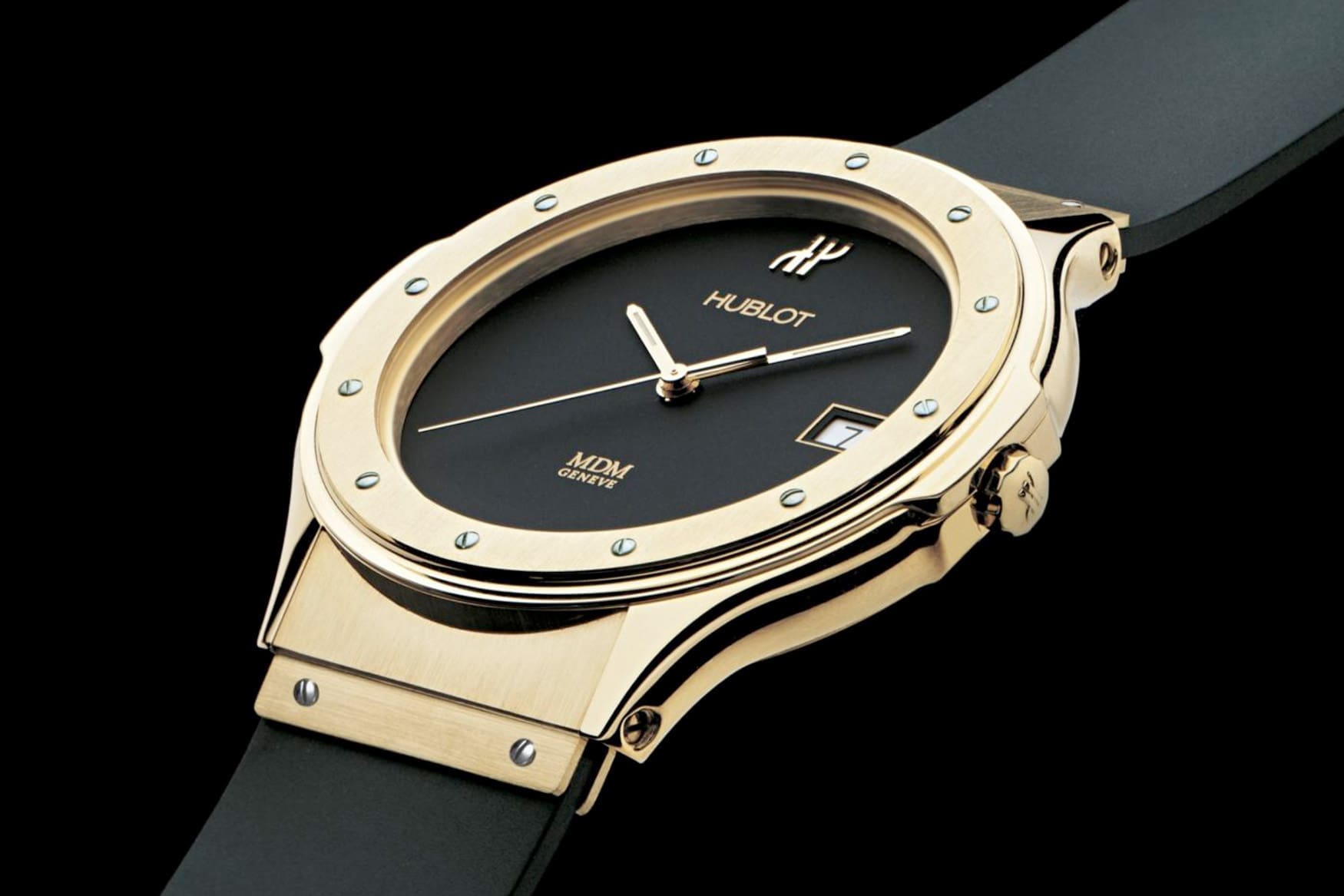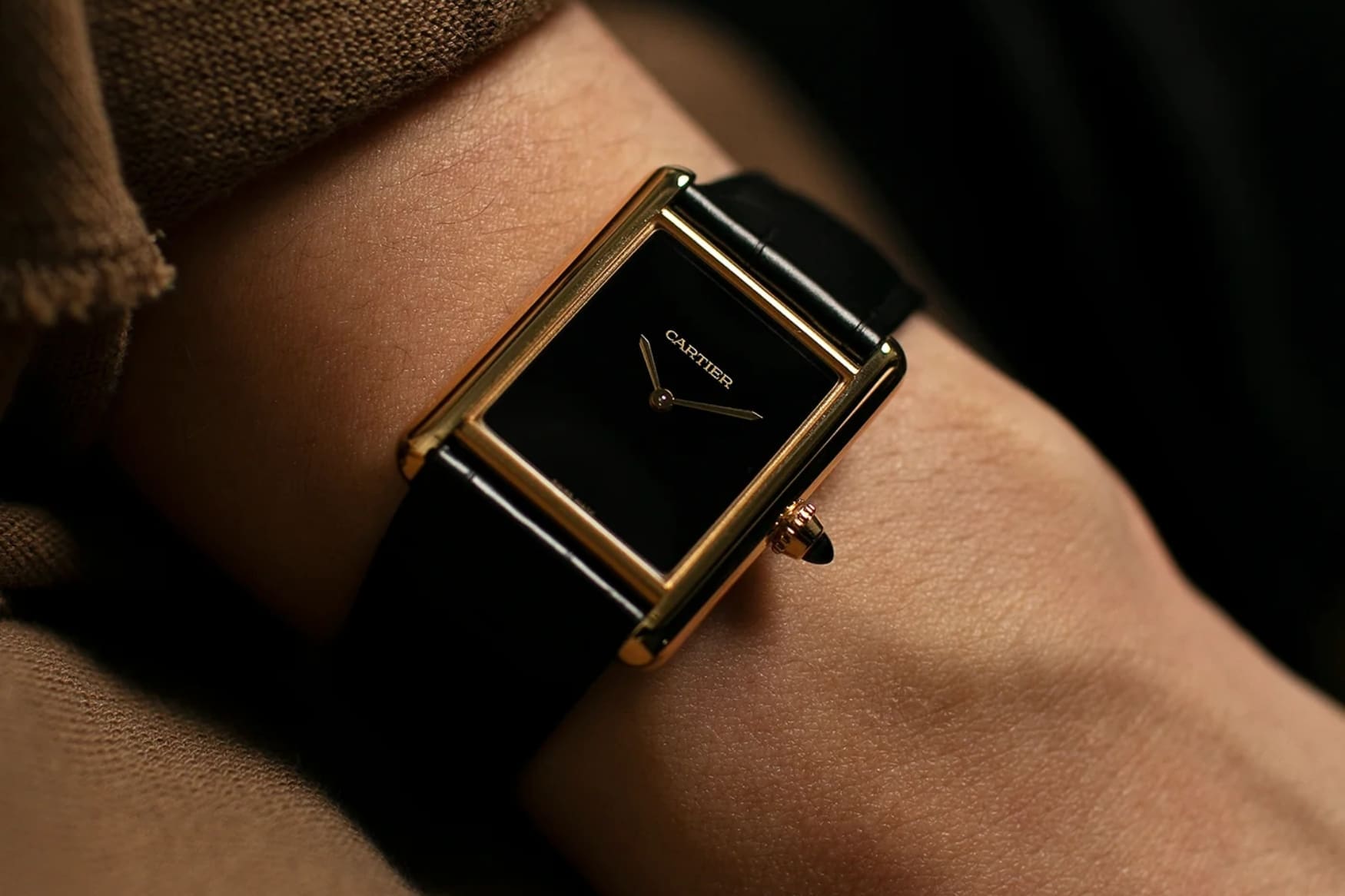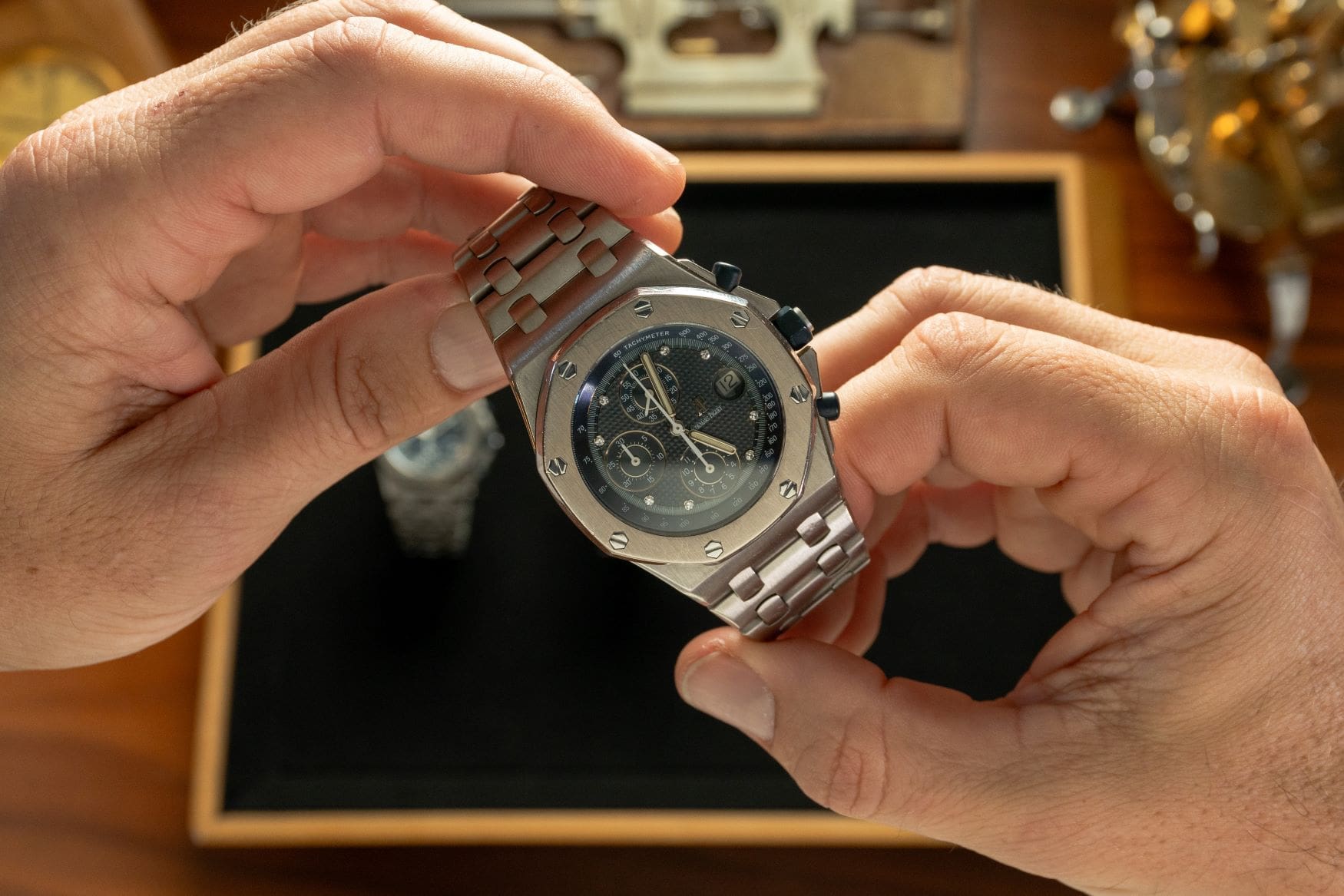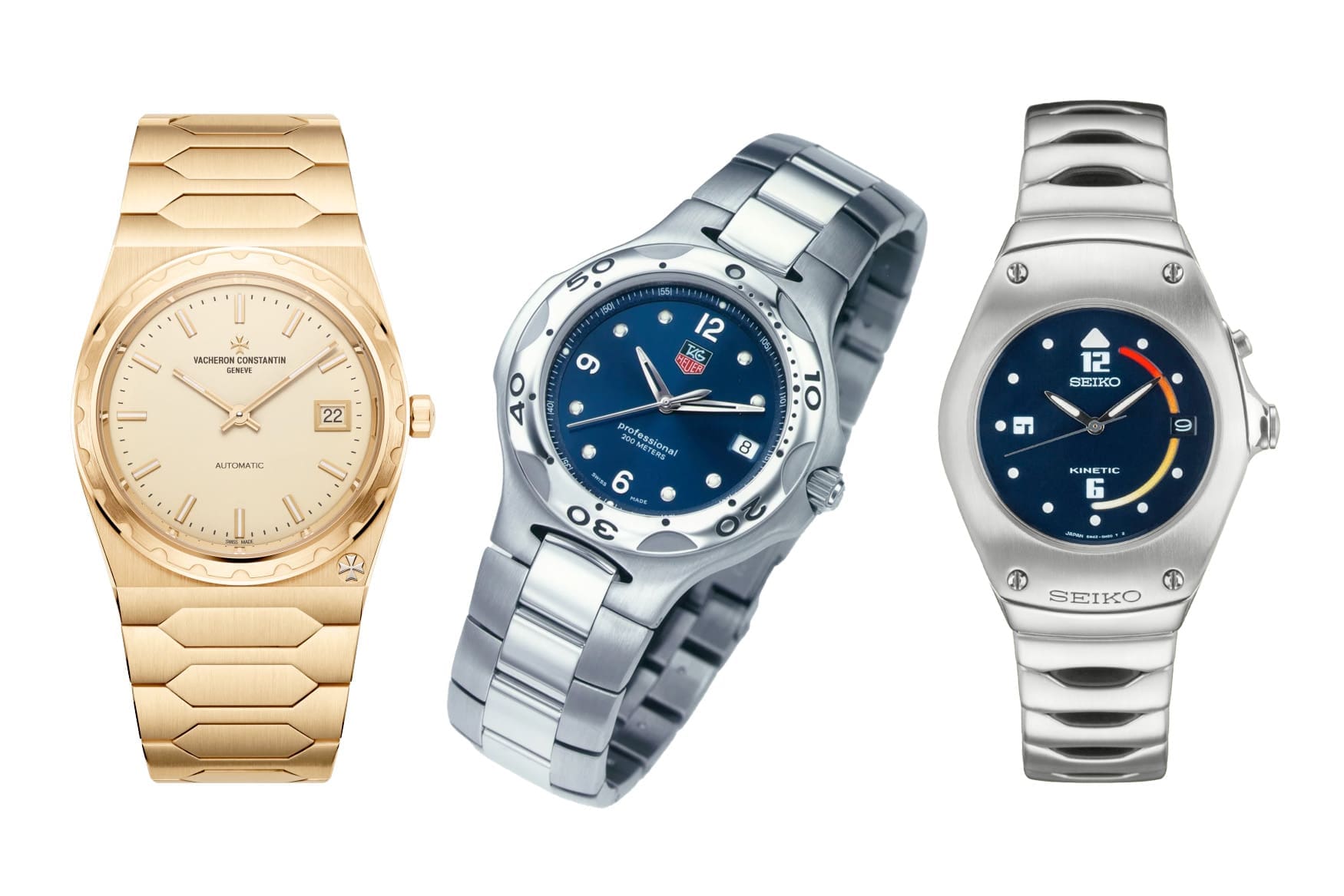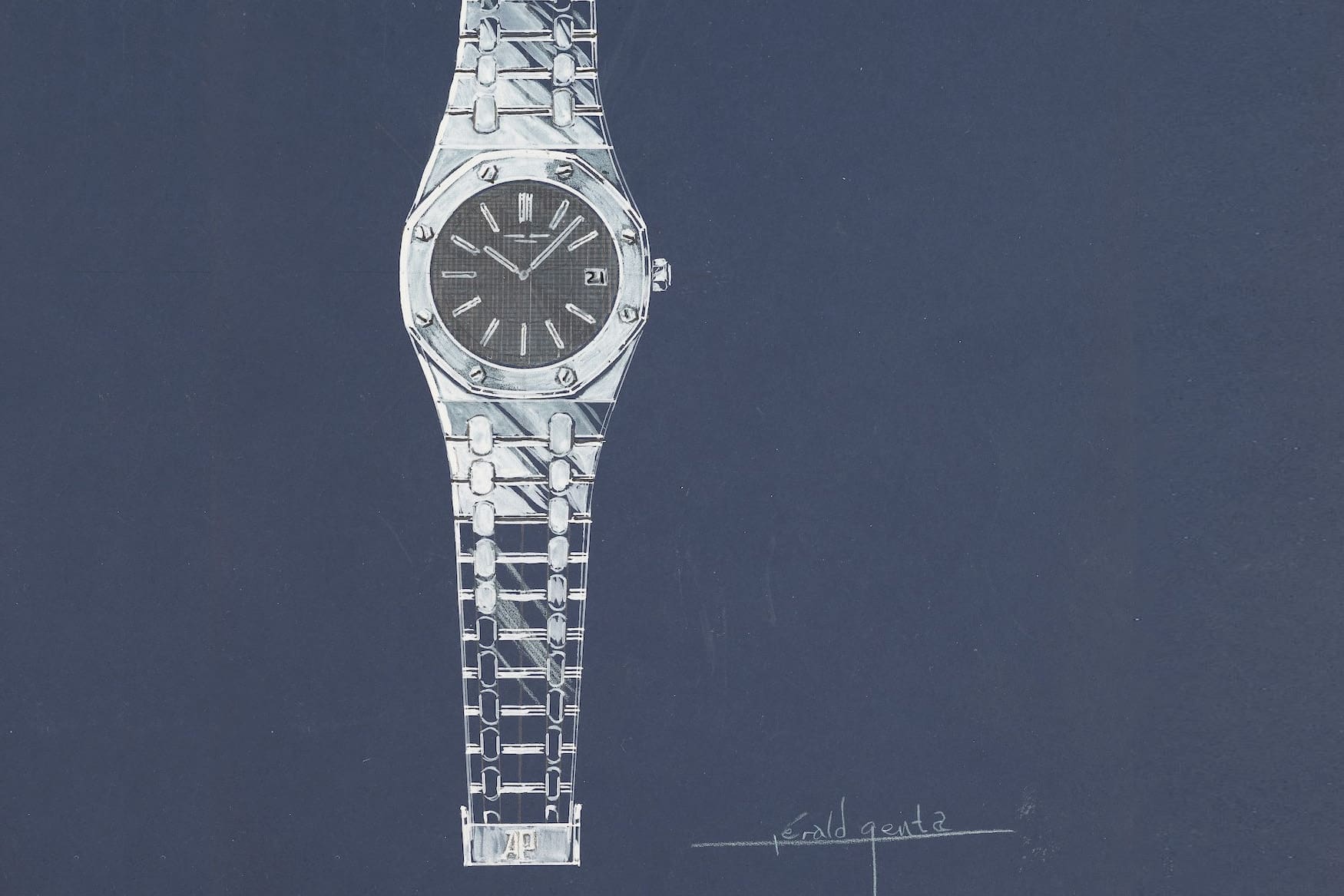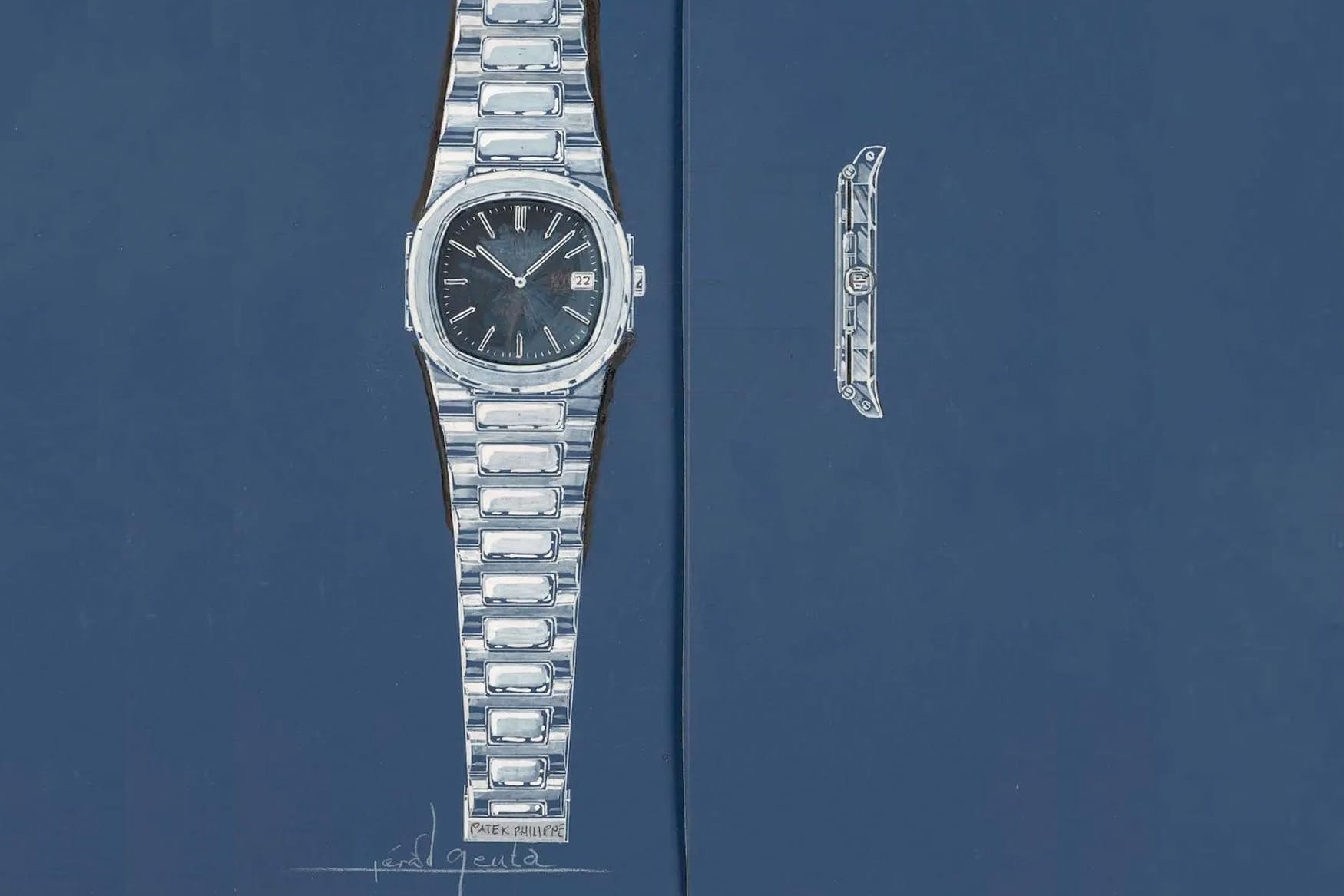Five of the most influential watch designers and their creations
Tom AustinIf you’re used to wearing modern wristwatches, you’ll know that mostly, they are the result of decades of evolution. The brands themselves tend to be enduring icons, which have paved the way for the watches we enjoy today. Within their catalogues there are watches which have existed for decades, albeit in different forms. Many of them have formed the basis of design that the very watch you’re wearing right now probably takes its language from. But these objects didn’t just appear. They were not the product of a meeting to discuss what a watch should look like. The most iconic designs in history have to come from passion, something you can’t really capture in a stuffy boardroom. These watches were designed by some of the truly brilliant minds and hands in the industry, the pioneers of watch design. Let’s find out more about some of the most influential watch designers and their creations.
Carlo Crocco
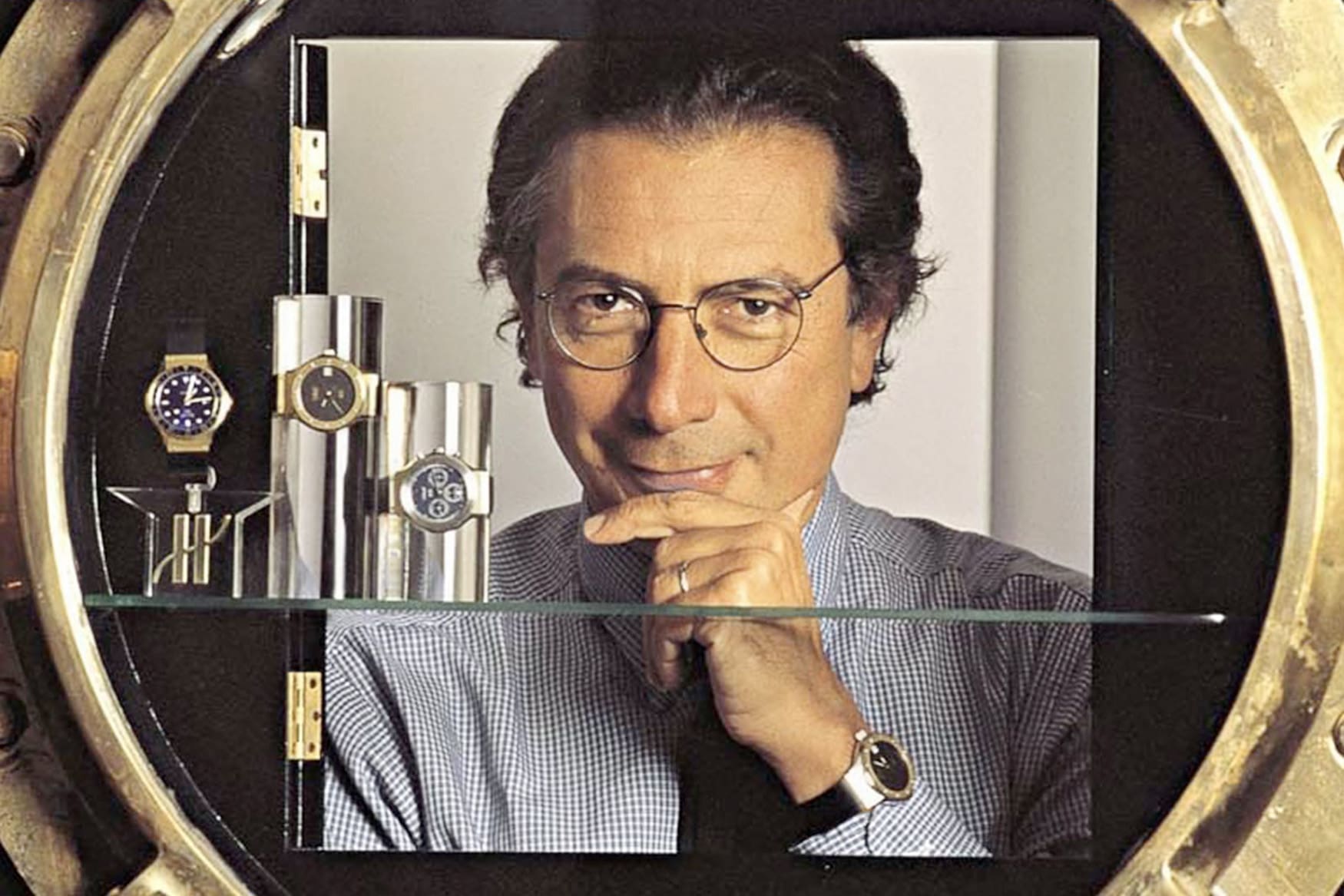
Every now and again, someone with guts, tenacity and an overwhelming vision comes and turns everything on its head. That’s precisely what Carlo Crocco did in the 80s. The story begins as he left his position as part of his family business, the Italian Binda Group conglomerate, in 1976. Crocco embarked on his independent journey at the age of 32, forming MDM Genève in the heart of Geneva. His goal was to set about creating a watch which would exemplify Italian design, utilise solid Swiss craftsmanship, and defy all the usual conventions. This was something he felt the Swiss watch industry desperately needed, with the designs of the time following a somewhat stuffy direction.
The watch that resulted was the MDM Genève Hublot, once again a design based on a nautical theme, like the Patek Philippe Nautilus, based on a porthole no less. At the time, it was met with a fairly rough reception with very little interest at the Basel watch fair in 1980. However, as time passed, the unconventional Hublot gathered notoriety. This audacious timepiece, encased in gold and secured by 12 titanium screws, flaunted a rebellious black rubber bracelet, marking a departure from conventional norms. It was a gateway to a new era in watchmaking, where style was indeed able to be put first and foremost. The first luxury watch on rubber, this went on to be enormously popular even to today, where most brands offer some flexible strap options, and this is all part of Crocco’s genius.
He went against the grain and developed what he believed was the future, and the rest followed suit. This raucous upstart from Italy came and bullied the Swiss watch industry into changing their ways, which is no mean feat, to say the least. Hublot went from strength to strength as a brand, bringing the crafty businessman Jean-Claude Biver aboard in April 2005. The brand experienced a spectacular resurgence, propelled by the revolutionary Big Bang model that Biver conceptualised. Throughout this revitalisation, Biver consistently acknowledged the seed idea of “fusion,” an artful amalgamation of disparate materials, originally sown by Carlo Crocco. In 2008, amid whispers of acquisition, Crocco opted to allow luxury goods group LVMH to acquire Hublot, a decision substantiated by a substantial, though undisclosed sum.
Carlo Crocco’s ambition and drive to create something dangerous and divisive was not just a bet that paid off. It drove the entire industry to change. It pushed other brands out of their comfort zones and gave them competition like they’d never seen before. Often, the Classic Fusion gets overlooked, however it stands as a true icon, a beacon that represents the designer behind it. Crocco’s legacy extended into the realm of humanitarian endeavours. His foundation, MDM (“main dans la main”, “hand in hand” in French), reached across borders, extending a compassionate hand to disadvantaged children globally. Carlo Crocco emerged not only as a master craftsman shaping watches but as a conductor orchestrating symphonies of positive change across decades. His journey from the corridors of Binda to the founding of MDM Genève and the resurrection of Hublot reflects not just the evolution of a brand but the indomitable spirit of a visionary.
Marie-Laure Cérède

Female influence in the watch market is stronger than ever, with women’s watch purchasing power taking up over 54% of the market share in 2019. But it runs deeper than that. Firstly, with some of the biggest brands in the industry having women in more visible positions of power. One particular leading female figure in the watch industry, Marie-Laure Cérède, began her career in Paris at Cartier in the late 1990s. She spent six years finding her feet in the luxurious French jewellery house before taking off to New York to become the Artistic Director at the illustrious jeweller and watchmaker Harry Winston. Following a 12-year stint, she returned to Cartier in 2016 to then really cement her role of authority as she took on the role of Timepieces Creation Director.
Cartier is certainly not a watch company that follows trends. They are a company that creates them. With their comprehensive back catalogue of some of the most impactful and unique watch designs in history maintaining the foundations on which Cérède can build from, they are currently in their most successful period to date. Given the current, somewhat challenging ground the luxury watch industry finds itself in these days, it’s safe to say that Cartier is bucking that particular trend, too. Cérède is primarily responsible for the visual aesthetics of the watch department, and suffice to say that her influence has clearly played a pivotal role in this success. Her direction has resulted in a continuous run of watch releases, which not only build on the brand’s eminent history but expand it by creating modern instant classics. Some of these include the Pasha, the Santos, the Tank Cintree and the Tank Must, and quite frankly, it’s impressive enough to have those pieces all in the same sentence together.
Marie-Laure Cérède’s impact on Cartier as a brand is quite extraordinary. As a brand that is widely known and respected for paving the way for the rest of the industry to follow, it could be easy to get things completely wrong and steer the ship in the wrong direction. In design, it can pay to be bold and challenging, but it can equally be destructive to be too divisive. But Cérède’s approach is one that maintains everything the brand stands for, ensuring everything remains immediately recognisable as a Cartier, but still manages to be a showstopper.
Emmanuel Gueit

“I was young, and I didn’t really care about taking risks with the watch”. These are the words of the kind of person you want to design your most important watches. Emmanuel Gueit had been surrounded by watch design since his earliest childhood. Son of famed Jean-Claude Guiet, creator of the Piaget Polo and the inventor of rainbow settings, he was consistently influenced by the likes of his father, Gérald Genta and Gilbert Albert, who would spend time in his family home while growing up. This kind of exposure can only go on to produce great things.
In the ’80s, following a somewhat challenging education, Emmanuel was an adventurous young freelance designer, moving from gig to gig. In a chance encounter with Audemars Piguet’s Managing Director Georges Golay, Gueit found himself becoming intertwined in AP’s business going forward until eventually being tasked with his biggest challenge yet. Audemars Piguet, at the time, were suffering from a bit of a crisis. They were struggling to attract a younger audience and needed something that would change that. 20 years after the famous Genta-designed Royal Oak, AP needed something fresh. Gueit set about putting the Royal Oak on a round of steroids, producing the now iconic Royal Oak Offshore. At 42mm it became one of the largest watches on the market at the time, but Gueit had pulled inspiration from the likes of Rolex’s Sea-Dweller, and knew that if Rolex could sell these, AP could do it, too. And so, the Offshore went on to be one of Audemars Piguet’s most important lines and helped pave the way for larger watches in the Swiss watch industry.
Gèrald Genta himself was the most emphatic critic when it came to the Offshore, claiming his iconic design had been ruined. However, pop culture felt otherwise, with the watch becoming part of ’80s/’90s culture on the wrists of massive-armed megastars such as Arnold Schwarzenegger and Sylvester Stallone. Emmanuel created a hit. Bringing huge watches with wild materials like titanium and carbon fibre to Audemars Piguet and pushing them into a whole new market sector for them. Several years later, he joined Rolex in collaboration with their refreshed Cellini line in 2014. The redesigned watches showcased Rolex’s traditional craftsmanship and Gueit’s ability to introduce impactful changes and bring things up to date.
I see Emmanuel Gueit as a bit of a charming rebel. A designer who knew full well that his approach would upset the apple cart but went and did it anyway. This rebelliousness didn’t seem to come from a simple disregard. It was a case of identifying what needed to happen and what direction a brand needed to go in. Introducing an evolution in a design language that was groundbreaking but also respectful of its lineage, something that is not easy to do at all. Emmanuel’s latest endeavour is assisting Ikepod on their renaissance. A brand which started out in the 90s, but now heading into a new era with Gueit designing dials for the Chronopod and the Duopod.
Jorg Hysek

Born in Berlin in 1953, Hysek embarked on a career in watch design during the 1970s. His early years were marked by gaining valuable experience when studying sculpture in Italy, only to be unexpectedly hired by Rolex as a designer. This set him on a path to honing his skills while working with numerous prestigious Swiss watch brands. Hysek’s most popular design, the Vacheron Constantin 222, played a major part in the luxury watch industry, as many of the other brands had followed the path laid out by Gèrald Genta’s designs of the era. The similarity with the 222 and the Royal Oak go without saying, however Hysek’s approach was more focused on modernising the classic Vacheron Constantin silhouette while retaining a sporty-chic style.
In 1997, two of those “Oh, I remember that!” designs came about in the form of the Seiko Arctura, a watch which is unique both in its aesthetic design and its powertrain, utilising Seiko’s new-at-the-time Kinetic movement. Secondly came the TAG Heuer Kirium, an incredibly important watch to TAG Heuer, as they were hunting for a fresh perspective of their 4000 series and sought a new direction altogether as they had not long become TAG Heuer following being bought by Techniques d’Avant Garde. Both watches were perfect examples of Hysek’s vision of blending technical innovations and ultra-modern design. In 1999, Jorg Hysek took a significant step by establishing his own design firm, aptly named Hysek Design. This enterprise has since become a hub for various design projects spanning watches, jewellery, and other luxury goods. Hysek’s prowess in merging artistic creativity with technical acumen is evident in his design firm’s diverse range of projects, showcasing his versatility as a designer.
Hysek’s creations are distinguishable by bold shapes, innovative use of materials, and incorporation of unique complications. Jorg has consistently pushed the boundaries of conventional watch aesthetics, bringing a fresh and unconventional perspective to the world of horology. His work has gone on to be an inspiration for the decades that followed, and his impact extends beyond his design studio as he continues to play a vital role in shaping the landscape of contemporary watchmaking today.
Gérald Genta

The Godfather of watch design, Gérald Genta’s illustrious career spans generations. Beginning his career at the recently revived Universal Genève at the age of 23, he developed what’s probably their most recognisable watch, the Polerouter. For Universal Genève, in 1954, it stood as a competitor to the likes of the Omega Seamaster Date and the Rolex Oyster Date. It did this by being somewhat dress-worthy for the time but also durable and flightworthy, as it was issued to Scandinavian pilots operating over the North Pole, hence the name – at the time “Polarouter”. Numerous iterations of the watch were released over the subsequent 15 years, each with improved movement architecture and input from the man himself. Today, the watch has become increasingly popular with vintage collectors thanks to its relative affordability and Genta provenance.
1972 is when the watch world was turned upside down, and Gérald Genta’s bold and challenging designs really began to take shape with the Audemars Piguet Royal Oak. It’s said that one evening before the famous Baselworld watch fair of 1971, Georges Golay, AP’s managing director at the time tasked Genta to design a watch that would redefine the luxury watch market. Not one to shy away from a challenge, supposedly Gérald took inspiration from a diving helmet he’d seen. With the front viewport fixed with eight symmetrical screws, it led to the famous octagonal bezel design of the Audemars Piguet Royal Oak. Sketched out in just one evening, the combination of the bezel, case and integrated bracelet went on to be a groundbreaking innovation in luxury watchmaking at the time, resulting in the watch becoming an all-encompassing icon for decades that followed. Genta’s design not only saved Audemars Piguet during a challenging period for the industry but also left an indelible mark on the history of watchmaking.
The next steps in Genta’s iconic designs take us to the Patek Philippe Nautilus. Two years after the launch of the Royal Oak, Patek Philippe’s president, Henri Stern, was in search of a timepiece that could attract a younger, sportier clientele. Given his success at AP, he approached Genta, who proudly took on the challenge. The inspiration for the design reportedly struck Genta during a dinner at a restaurant on Lake Geneva. Legend has it that Genta, with a few strokes of his pen, sketched the design for the Nautilus on a piece of paper at the table, inspired by the shape of a porthole on a ship. The name “Nautilus” is a nod to Captain Nemo’s submarine in Jules Verne’s Twenty Thousand Leagues Under the Sea. When questioned in the ’70s by Jean-Claude Biver about the similarities between the Royal Oak’s design language, Genta said, “They are not the same. Imagine you put a Royal Oak on a beach for 10,000 years, and the centuries passing have smoothed out the edges and rounded everything off. That’s the Nautilus”. It’s this kind of playfulness that set Genta apart as he was able to quash any concerns that AP had at the time (which, apparently, were quite severe) with a simple concept to explain why the two watches are indeed completely different. In the eyes of the designer, these two objects couldn’t be more different; however, they were inextricably linked in a way that has become ingrained in watch history.
Gérald Genta’s impact on the watch industry goes beyond the physical designs, as he played a role in elevating the status of watches as luxury items in the ’70s and ’80s. Since his passing in 2011, Genta’s legacy has lived on, and his designs continue to influence contemporary watchmaking, along with his own namesake brand, which is going strong. The brands associated with his designs, have continued to evolve and expand upon his iconic creations, and with Universal Genève making a comeback, perhaps we see another one reimagined soon.






